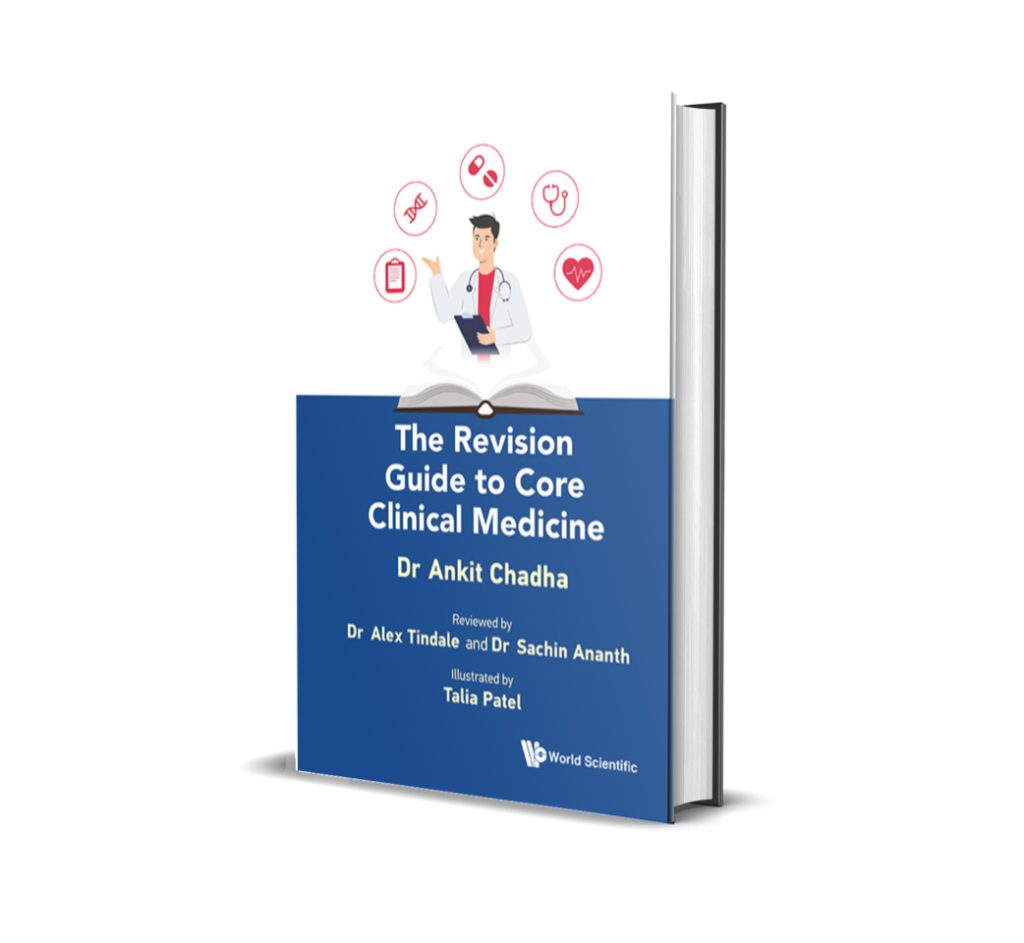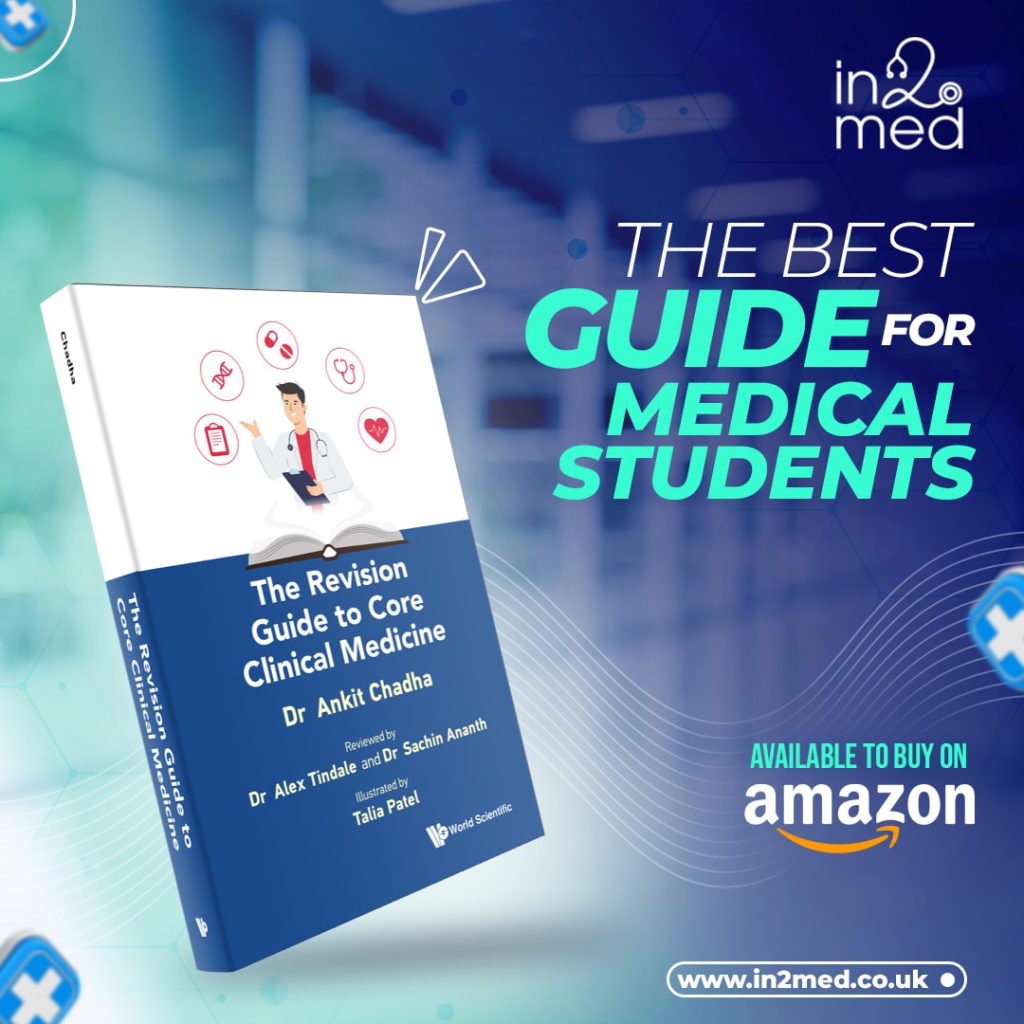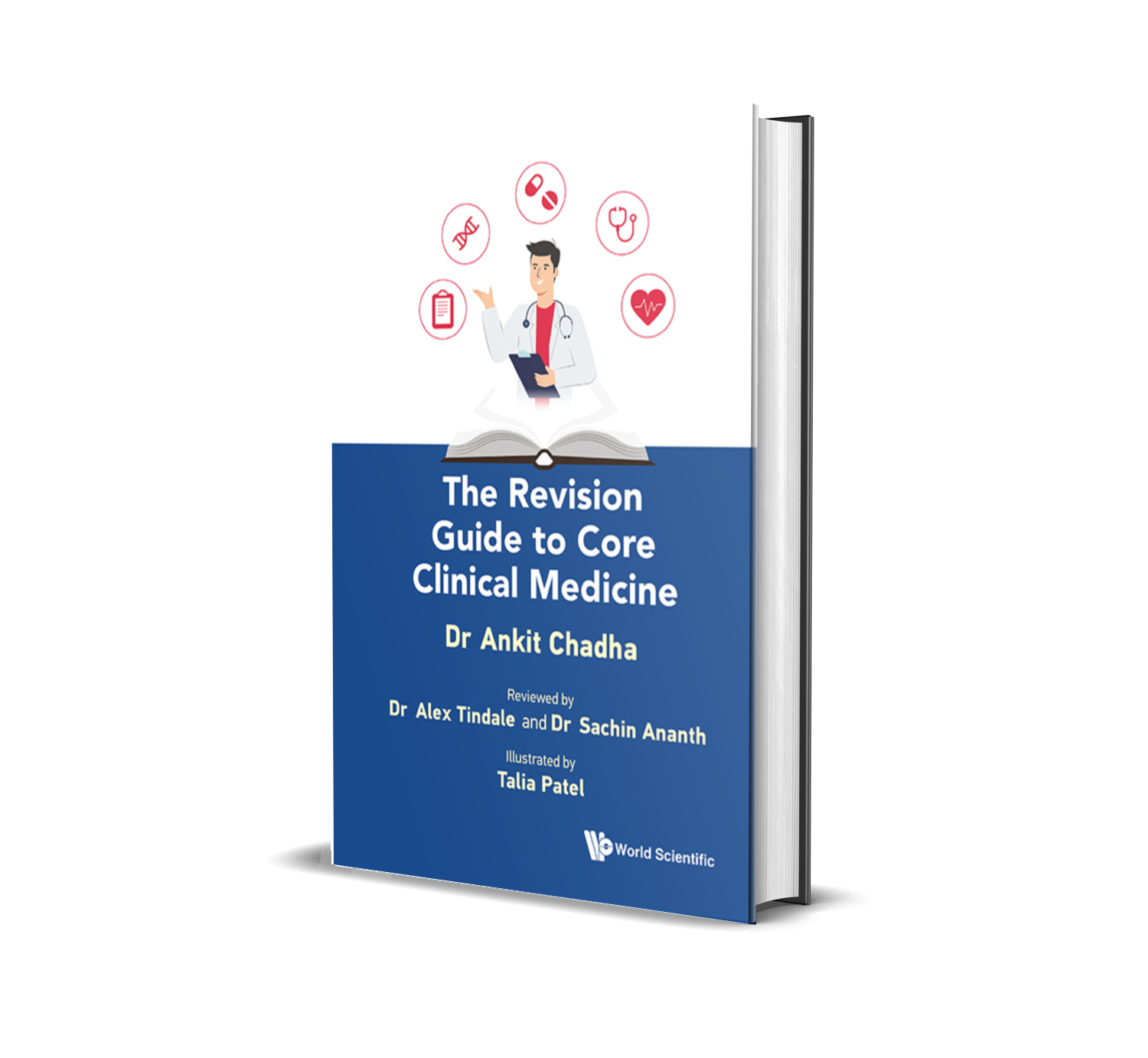Back to: Respiratory
Obstructive Conditions
Asthma
Asthma is a disease that is characterised by reversible bronchoconstriction, bronchial hyper-responsiveness, and airway inflammation.
Allergens induce a Th2 response which stimulates production of IgE and attracts eosinophils to the airways, leading to airway inflammation.
This leads to the release of chemical mediators (such as histamine and leukotrienes) which leads to bronchoconstriction increasing airway resistance.
Risk factors
Personal or family history of atopic conditions (allergic rhinitis, eczema)
Air pollution
Precipitants – cold air, allergens (ask about pets, carpet etc.)
Drugs – e.g., aspirin intolerant asthma (usually features nasal polyps)
Occupational (baking, factory work) – this classically causes reduced peak flow readings during the working week and normal readings when at home

Symptoms
Wheezing
Shortness of breath
Diurnal variation in symptoms (worse in morning and night)
Productive cough
Chest tightness
Expiratory wheeze
Reduced peak flow rate (especially in the mornings)
Key tests
For patients ≥ 17 years
Spirometry will indicate obstructive pattern – FEV1/FVC < 0.7
Bronchodilator reversibility testing (BDR) – this is positive if there is an improvement in FEV1 ≥ 12%, or an increase in volume ≥ 200 ml
Fractional exhaled nitric oxide test (FeNO) – positive if > 40 parts per billion (ppb)
For patients 5–16 years
BDR: a positive test is indicated by an improvement in FEV1 ≥ 12%
FeNO is usually only requested if normal spirometry or negative BDR test
FeNO: a level of > 35 parts per billion (ppb) is considered positive
Grading
Asthma exacerbation severity is divided into categories – moderate, severe, lifethreatening and near-fatal.

Acute management
If moderate:
SABA inhaler (ideally via a spacer)
Can be managed in community with a course of oral steroids
If acute-severe or more:
High flow oxygen therapy to maintain SpO2 94–98%
1st line is salbutamol nebulised with O2 (+ ipratropium) with IV/oral steroids
2nd line is IV magnesium sulphate with repeat nebulisers every 15 minutes
If unsuccessful, can add IV aminophylline (this should only be initiated by a senior and needs cardiac monitoring)
If still unresponsive patients may require intubation and ventilation
Chronic management
This involves using inhalers to prevent severity and frequency of exacerbations:
Patients are given a short-acting beta agonist (salbutamol) for relief of symptoms
Step 1: SABA + low dose inhaled corticosteroid (ICS)
Step 2: SABA + low dose ICS + leukotriene receptor antagonist (LTRA)
Step 3: SABA + low dose ICS + long-acting beta agonist
Step 4: Increase steroid dose and consider other drugs
Step 5: May require regular oral dose prednisolone (and refer to specialist)

COPD
This is a progressive disorder characterised by a triad of chronic bronchitis, emphysema, and small airways fibrosis. It is heavily associated with smoking.
Pathophysiology
The main features are due to 2 sub-conditions which are a subset of COPD
Chronic bronchitis
This is hypertrophy of bronchial mucus glands increasing resistance of airways
It leads to a chronic cough with sputum production which makes patients more susceptible to infection
Emphysema
This is loss of elasticity of alveoli which leads to collapse during exhalation
Due to imbalance of protease and a1-antitrypsin (A1AT) which neutralises proteases
People experience weight loss and prolonged expiration with pursed lips
Symptoms
Chronic cough with sputum, polyphonic expiratory wheeze, shortness of breath
Hyperexpanded chest (low cricosternal distance), hyper-resonance to percussion
Increased frequency of chest infections
Key tests
Spirometry shows obstructive pattern of disease. FEV1 helps assess COPD severity.
Chest X-ray – shows hyperinflated lungs, bullae and a flat hemidiaphragm
ABG is used to assess oxygenation status and assess for respiratory failure

Acute management
Oxygen therapy if needed (aim for 88–92% if CO2 retainer)
1st line is salbutamol and ipratropium nebulisers AND IV/oral steroids
Add antibiotics if evidence of bacterial infection (e.g., concomitant pneumonia)
If there is type 2 respiratory failure and no response to medical management for 1 hour, patients will require non-invasive ventilation (BiPAP
Chronic management
All patients have pulmonary rehabilitation, annual influenza vaccine and one-off pneumococcal vaccination. Some may also have azithromycin antibiotic prophylaxis.
1st line is SABA or SAMA inhalers
The next step considers whether the patient is steroid responsive or asthmatic:
If not steroid responsive, add LABA and LAMA inhaler (if on SAMA, switch to SABA)
If patient is steroid responsive, add ICS and LABA inhaler
If no response, patients should have combination LAMA-LABA-ICS therapy
Bronchiectasis
This refers to chronic inflammation of the bronchi and bronchioles, causing permanent dilation of the airways.
It is associated with airflow limitation and increased mucus production.
Causes
Post-infectious, e.g., TB, ABPA
Congenital, e.g., cystic fibrosis, primary ciliary dyskinesia
Lung disease, e.g., COPD, asthma
Symptoms
Persistent productive cough with copious purulent sputum, worse when lying down
Shortness of breath, wheezing, chest pain and coarse crackles on auscultation
Finger clubbing
Key tests
CXR shows tram tracking and parallel line shadows
Spirometry shows obstructive pattern of disease (FEV1/FVC < 0.7)
HRCT – this is the gold-standard diagnostic test which shows bronchial dilation with possible fibrosis of the lower lobes
Management
Pulmonary rehabilitation and antibiotics to treat recurrent infections.
Hypertonic saline nebulisers can be used to thin respiratory secretions



